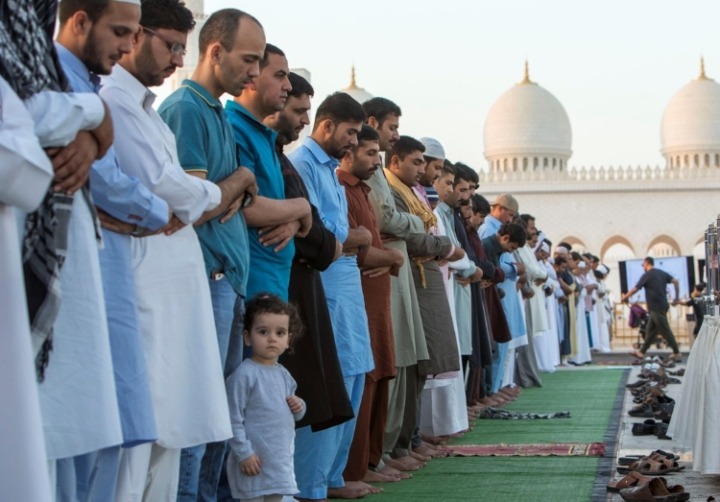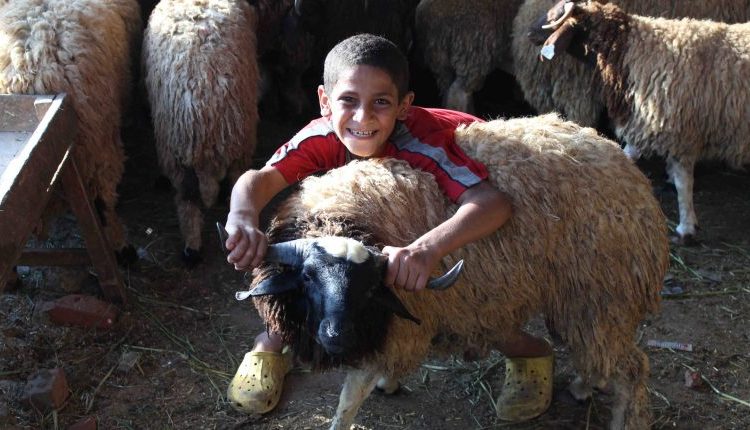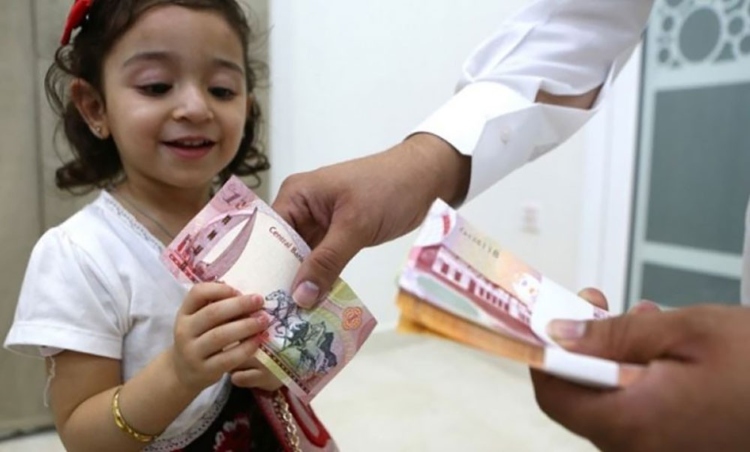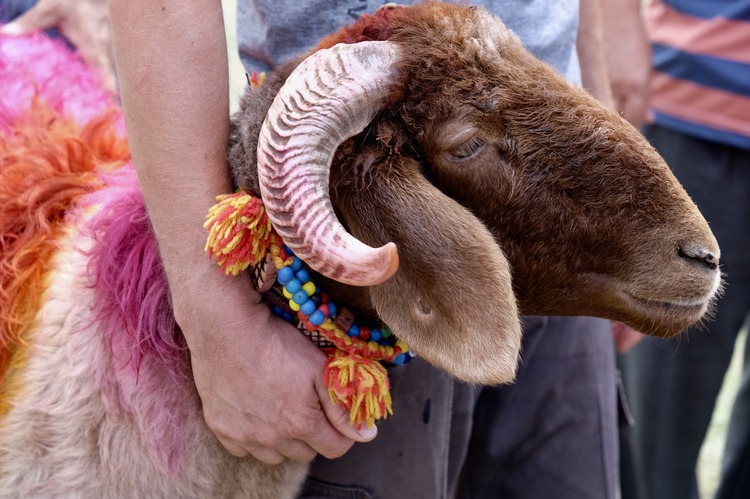Every year, Muslims in different parts of the world celebrate two Eids (festivals); Eid Al Fitr and Eid Al Adha. There are many common rituals that apply to both celebrations like attending prayers at the mosque but at the same time, there are differences between the two Eids in terms of what they represent as well as how and when they are celebrated.
What Is Eid Al Fitr?
Eid Al Fitr, or festival of breaking the fast, is the celebration that marks the end of the holy month of Ramadan. Muslims await the sighting of the crescent moon to confirm that Eid is in the following day. It is the first of the two Eids and is celebrated for three days. This year it is expected that the first day of Eid Al-Fitr will be taking place on April 21.

What Is Eid Al Adha?
Eid Al Adha has, in many places, a bigger celebration where worshippers sacrifice an animal to represent the animal that Ibrahim sacrificed to God instead of his son. During Eid Al Adha, Muslims travel to Mecca in Saudi Arabia to perform Hajj, or pilgrimage, one of the five main pillars of Islam. As it falls on the tenth day of the twelfth month of the Islamic Hijri calendar, ‘Dhul Hijjah’, this year, Eid Al Adha is expected to fall on June 28.

The Morning Celebrations
In both Eid Al Fitr and Eid Al Adha, celebrations begin in the morning of the first day where families would head out for morning prayer. On both days, families would also put on their finest new clothes to commemorate the occasion and kids would receive their aaidiya (sum of money or a gift). Family visits are also a must on the first day usually marked by a large gathering at the head of the family’s household.

The Donations
In both Eids, donations are a key part of the holiday but there is a big difference to what is being donated. During Eid Al Fitr, many Muslims give Zakat Al Fitr (charity donations) to the needy during Eid. Usually the head of the household is responsible for this task where he or she would be responsible to pay a sum of money on behalf of their kids and any other members of the household. This sum of money is expected to be donated a few days before the Eid al-Fitr prayer with the minimum amount being the equivalent of 2 kg of wheat flour, rice, or any other staple food.

With Eid Al Adha, following the morning Eid prayer, the head of the household is expected to sacrifice a sheep, cow or goat as a symbol of Ibrahim’s sacrifice to Allah. Then they will have to donate an entire sheep or goat and if it is a cow, then 1/7 of the cow to a charity. This amount will be able to feed about 5 to 10 families.
The Food
When it comes to the food, each Eid holiday focuses on a signature meal or dessert linked to the occasion. With Eid Al Fitr, it’s the infamous kahk (round biscuits topped with powdered sugar). These special biscuits come in many varieties, some are stuffed with dates while others are filled with nuts. In several households, there are still families who make kahk at home and those are usually tastier than the store-bought options.
With Eid Al Adha, it’s all about the meat where families would gather to eat many parts of the sacrificed cow or sheep which can include everything from spiced liver to kidneys. A food coma usually follows such a feast where families may end up passed out on the couch or attempting to wake up with a fresh cup of tea.
The two celebrations may have many differences but at the end of the day, at their core, they are occasions that bring families together to spend quality time and engage in activities and rituals. Let us know in the comments how you are planning to celebrate the upcoming Eid with your family?




